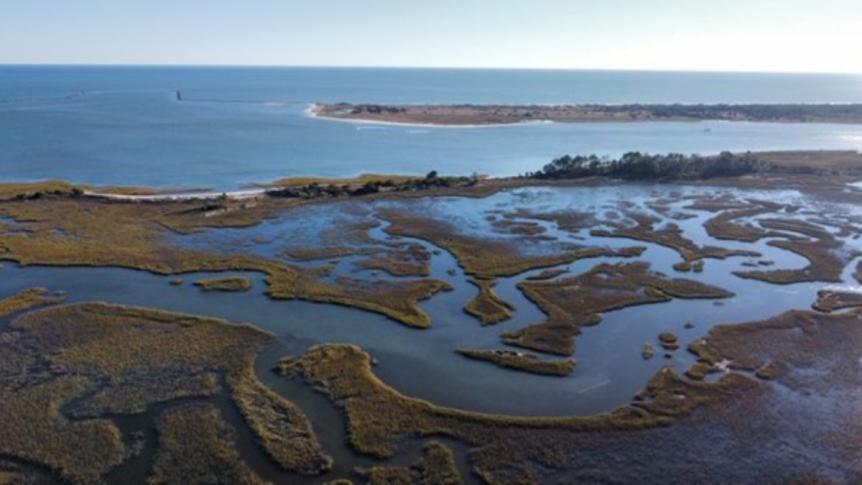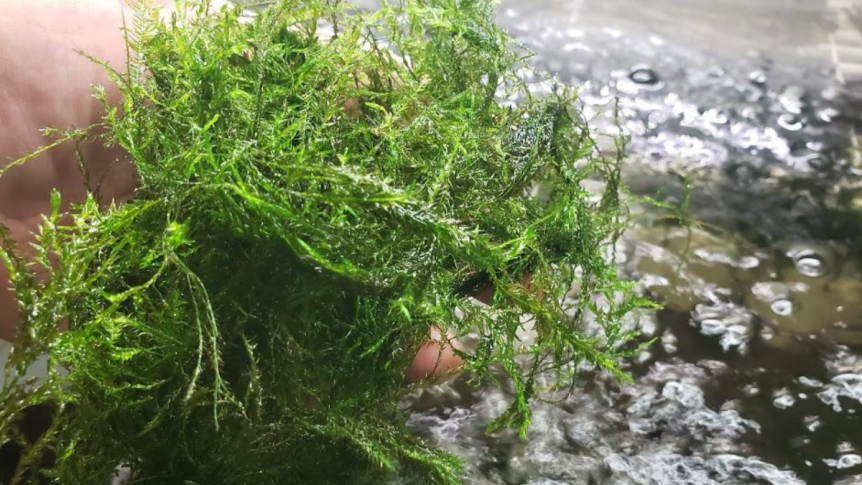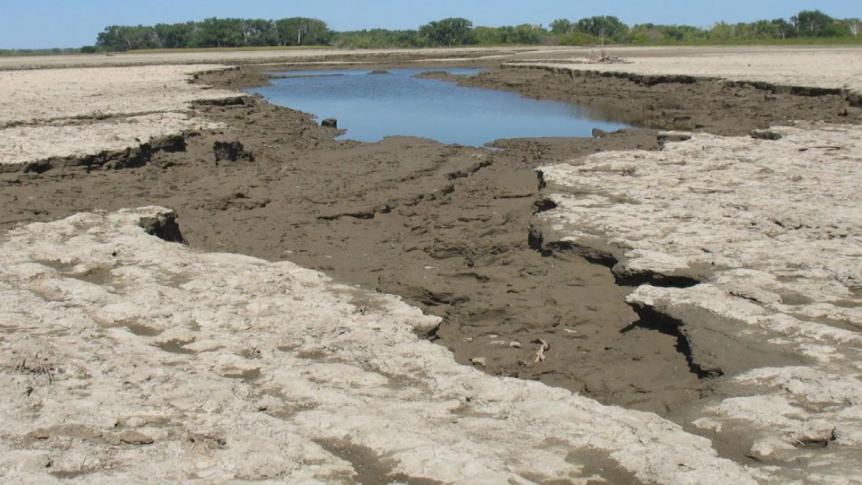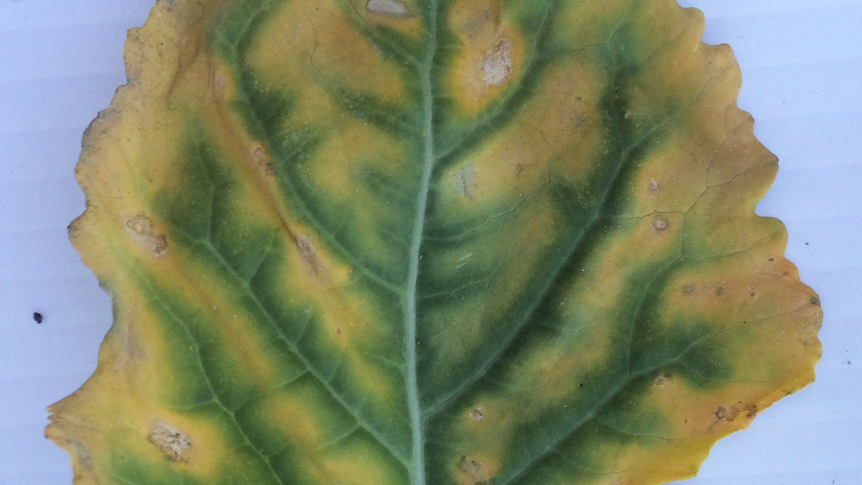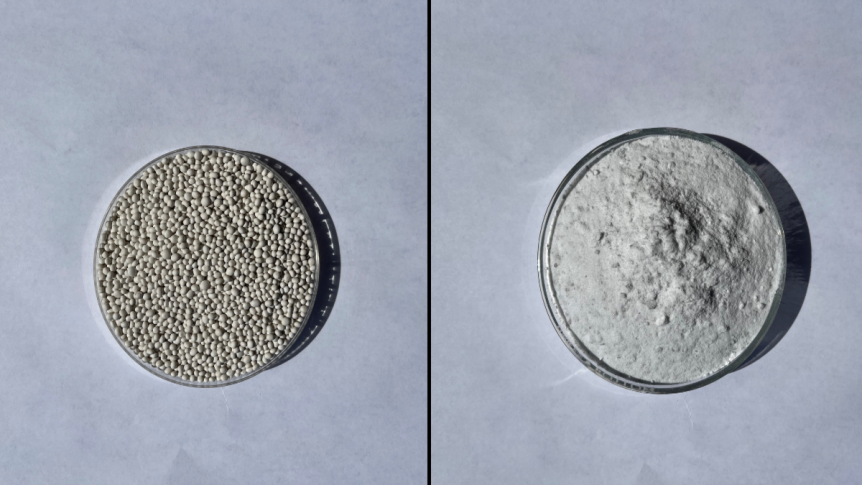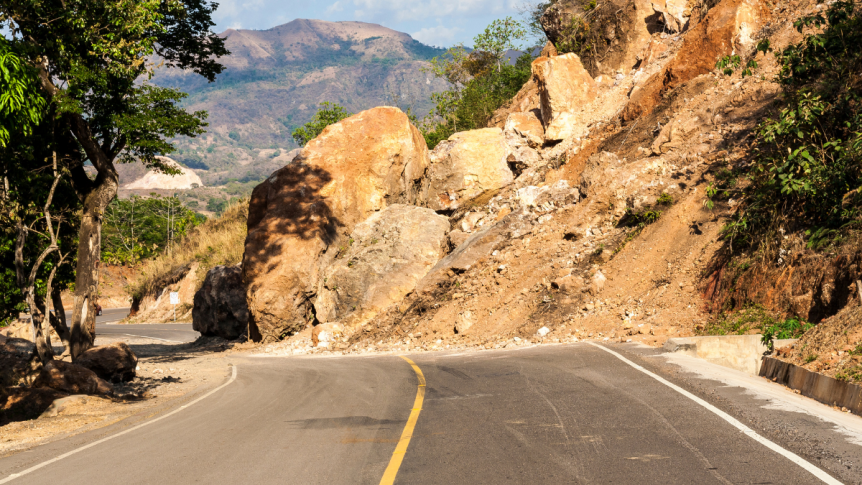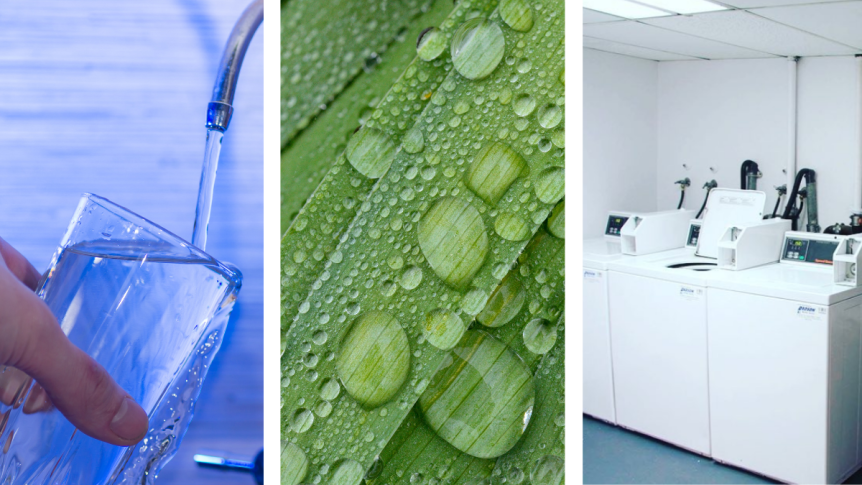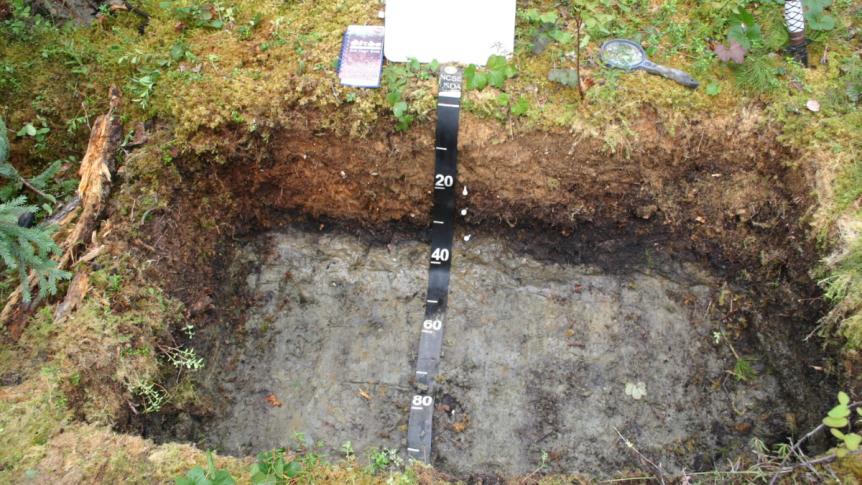“Blue carbon” is a term for carbon captured by the world’s oceans and coastal ecosystems. Mangrove forests, tidal marshes, and seagrass beds are the main vegetated coastal areas that store vast amounts of blue carbon. It’s not really blue – it’s named after the color of the ocean. But blue carbon is an important tool … Continue reading What is blue carbon, and why is it important?
Category: Human Health
Can moss help clean up waterways?
In a word, yes! In a paper published in the Journal of Environmental Quality (2021), researchers studied a type of submerged aquatic moss. Fontinalis antipyrectica has a common name of “willow moss” and can even be installed in home ponds. Willow moss is a species in the class Bryopsida, which includes over 11,000 moss species around … Continue reading Can moss help clean up waterways?
How does soil moisture impact our lives?
Soil moisture is key to understanding the land's surface and all the activities that occur there, both seen and unseen. These include agriculture, hydrology, weather, and human health, to name just a few. But first it is important to understand what soil moisture is. Soil moisture is the available water contained within the matrix of … Continue reading How does soil moisture impact our lives?
What do nutrients do for plants?
If a plant decided to go on a diet, you know, to keep its plant-like figure, what do you think it would choose to be as healthy as possible? It turns out that plants, like humans, rely on essential nutrients to maintain a healthy and balanced lifestyle. So, what’s the plant equivalent of a protein … Continue reading What do nutrients do for plants?
How can homeowners recycle grey water?
Here in California – and in many parts of the world – water scarcity is a way of life. Thankfully, most of the water that we use indoors can be safely reused for outdoor irrigation and toilet flushing. This is called grey water. Grey water is used water from sinks, showers and washing machines. It … Continue reading How can homeowners recycle grey water?
What is struvite and how is it used?
Phosphorus is one of the main “ingredients” for healthy plant growth. Plants get phosphorus from the soil. And much of this phosphorus is applied to farm fields in the form of fertilizers. The major current source of phosphorus, which comes from rock, is running out. Plus, it must be mined, and then chemically converted and … Continue reading What is struvite and how is it used?
Why do landslides happen?
A landslide is made of mud and other earth materials that fall down a slope, usually after a period of heavy rain. When buildings or other infrastructure balance on soils that cannot effectively capture and react to precipitation, landslides may occur. The weight of the water and the steep incline push the mud and dirt … Continue reading Why do landslides happen?
What are blue, green, and grey water?
One of the most precious resources on earth is dwindling, and its decline affects the lives of everyone on earth. Its scarcity is costly in economical, biological, and ecological terms. It’s not oil, but a resource even more precious – water. Though we may see water frequently, not all of it is available for animal … Continue reading What are blue, green, and grey water?
What is soil made of?
Soils can look like they are a homogeneous material. But in reality, soil contains solid particles of different sizes and different types. Some of the particles are minerals, and others are organic matter. There are spaces between the particles called pores. These pores may be filled with air or water. Soil is a mixture of … Continue reading What is soil made of?
What is “soil carbon”?
You may have heard a lot about soil carbon, “storing” carbon in soil, or “carbon markets.” So, let’s look at the relationship between soil and carbon in basic terms. First, carbon. It’s the sixth element on the periodic chart. In nature, only two things are pure carbon: diamonds and graphite. However, carbon can interact with … Continue reading What is “soil carbon”?

